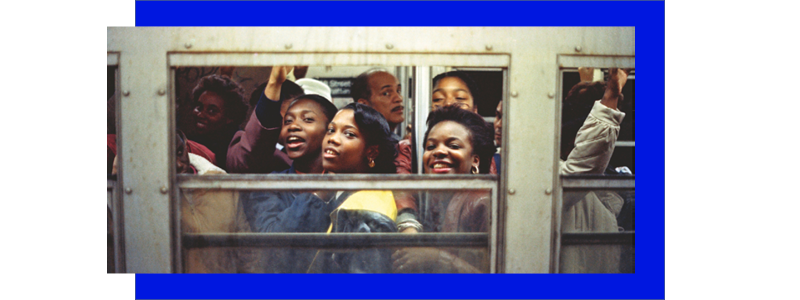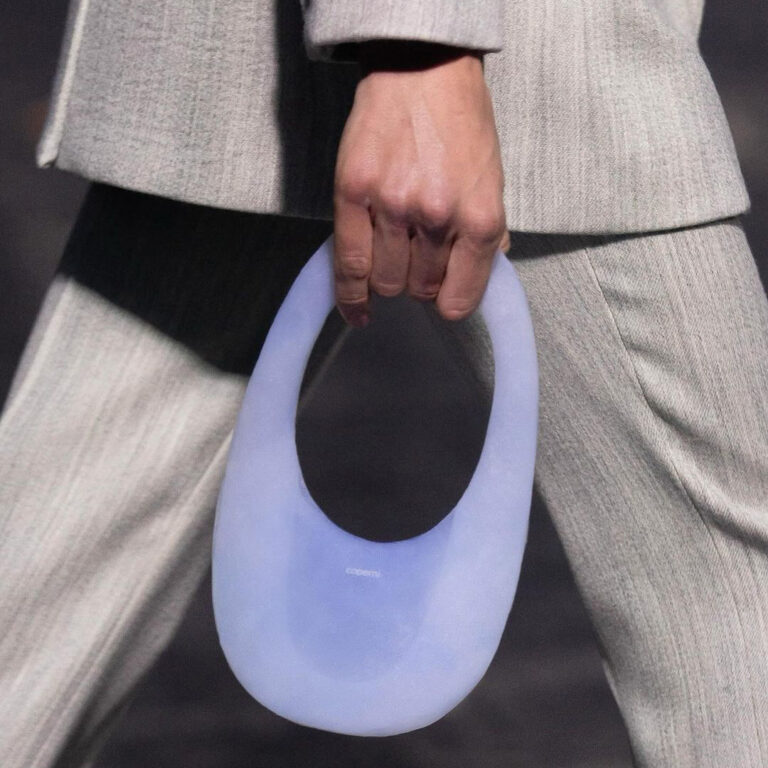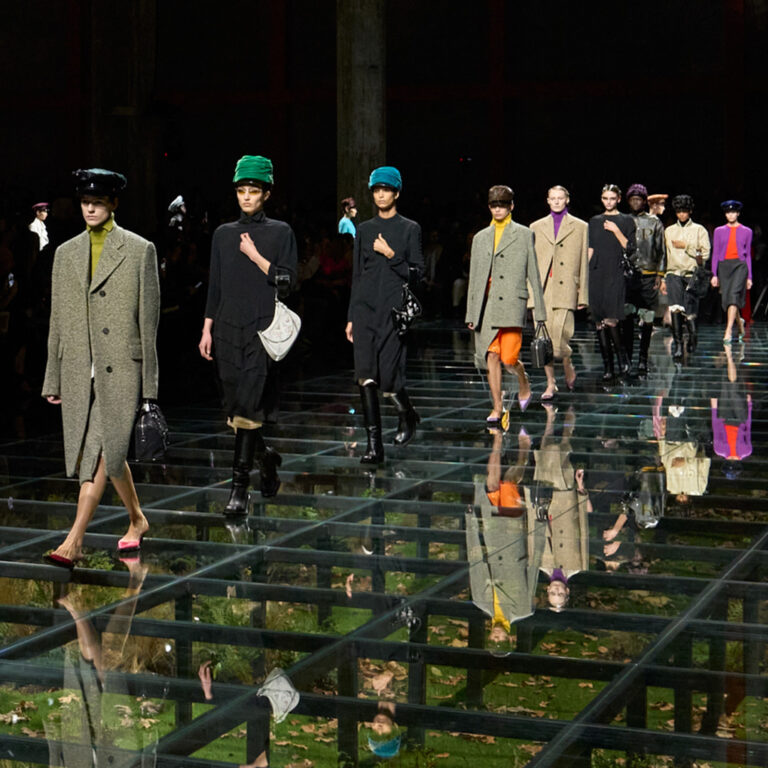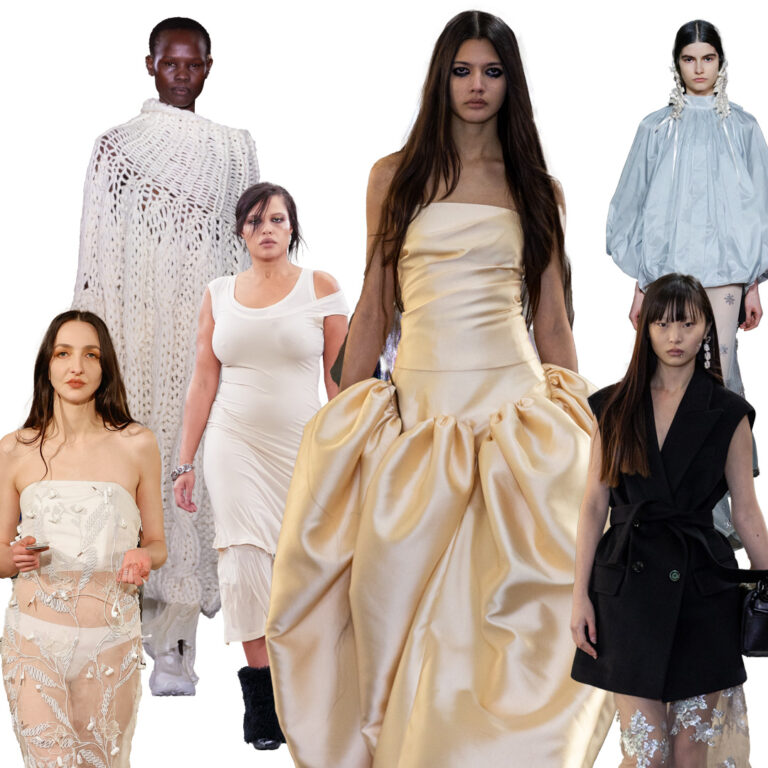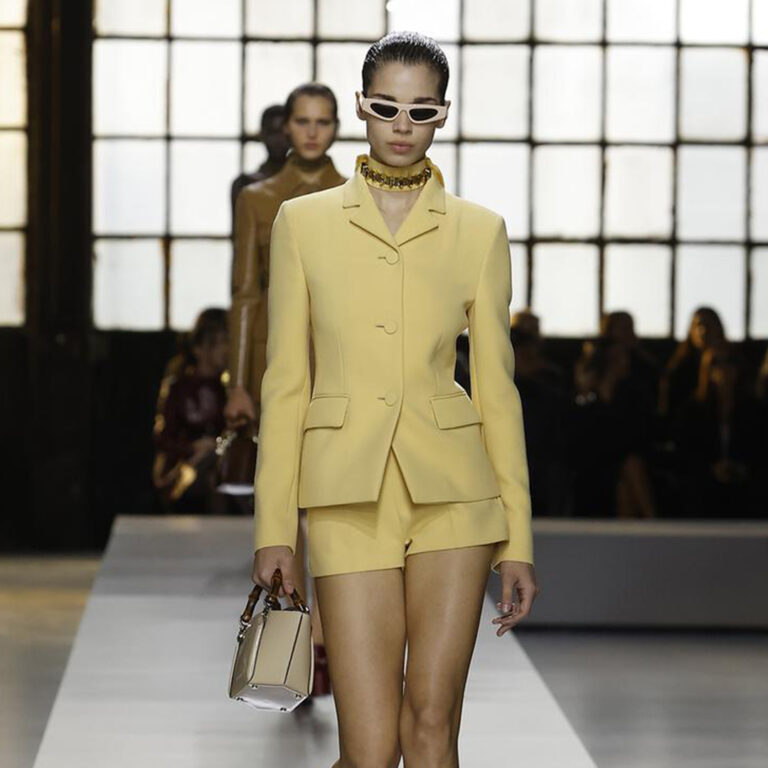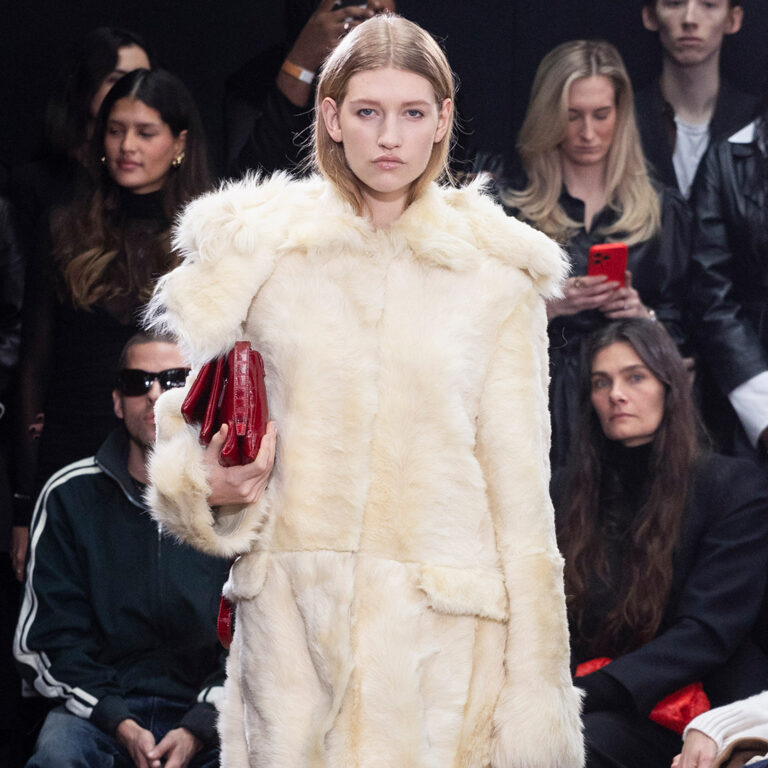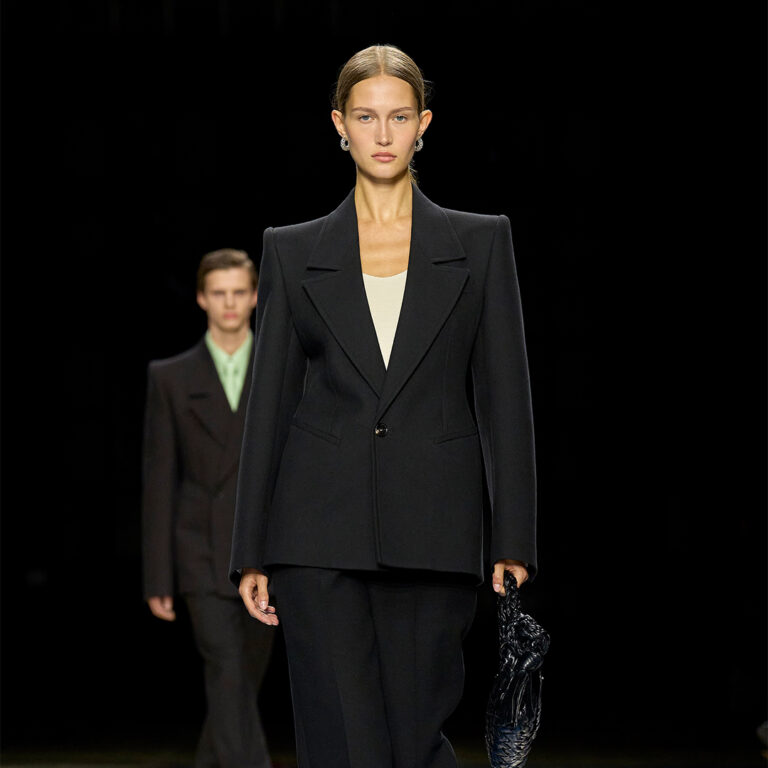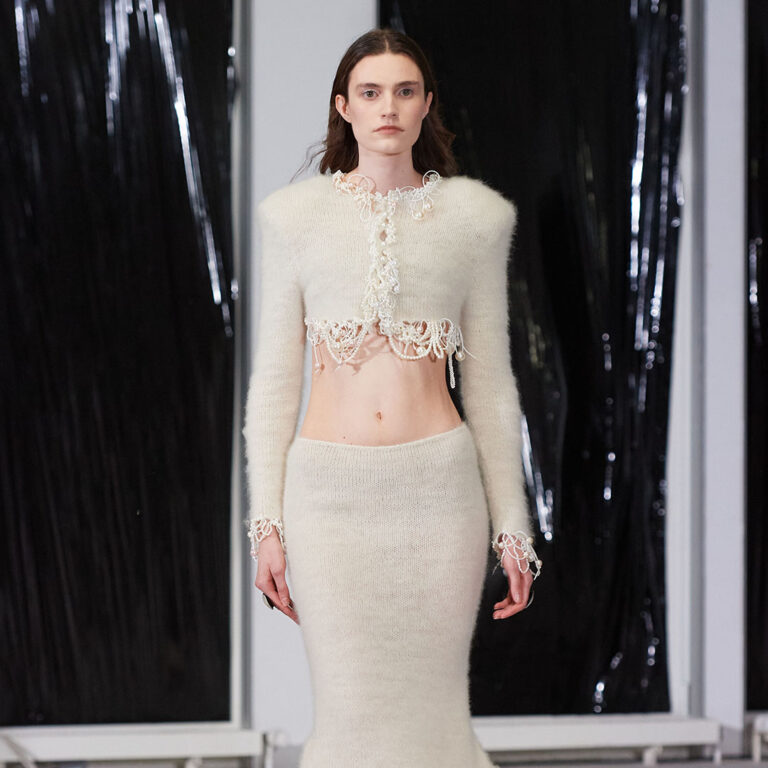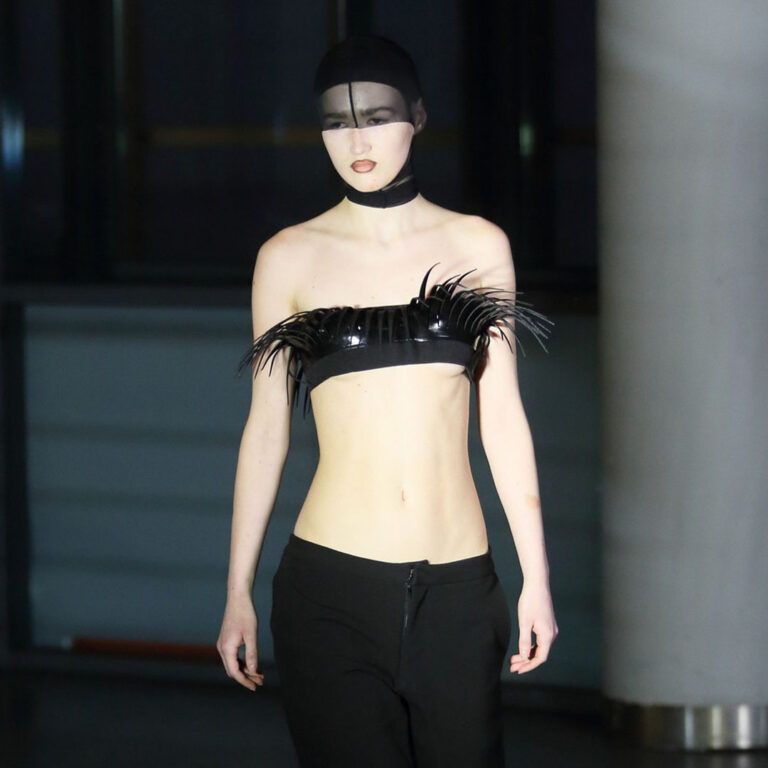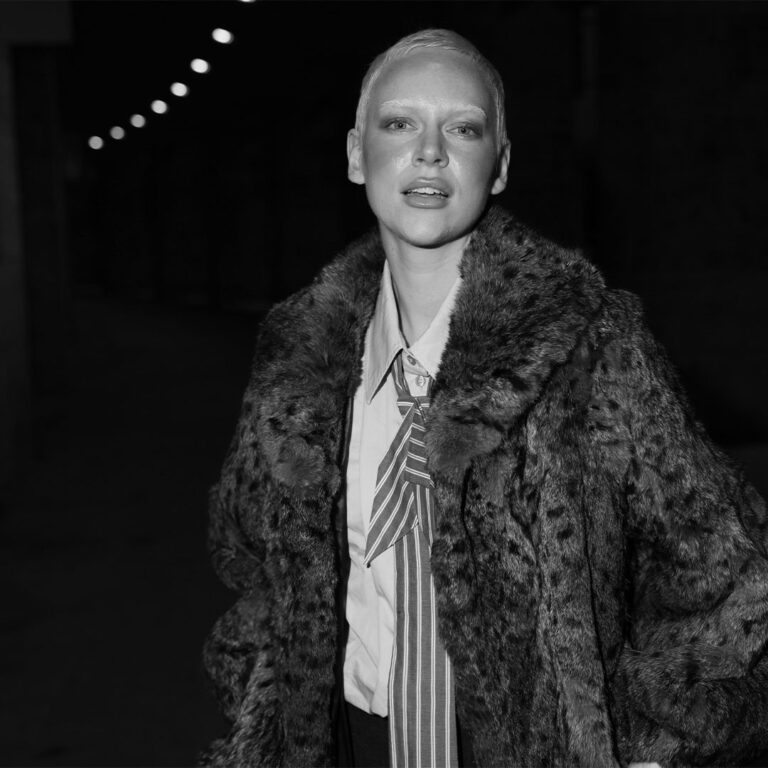It was about time: American photographer Jamel Shabazz finally has bundled his series ‘Streetlife’ into a book. Shabazz, who has been photographing the vibrant street life in New York since 1980, portrayed everyday life on the street and in the subway.
Cover photo: © Jamel Shabazz via MaisonPR
Jamel Shabazz
Afro-American photographer Jamel Shabazz (New York, 1960) grew up in Brooklyn and has been active as a photographer for 45 years. His iconic photos have been frequently published and bundled in nine monographs. In addition, the autonomous work is included in the collections of museums such as the Whitney Museum of American Art (New York), The Bronx Museum of the Arts (New York) and the Smithsonian National Museum of African American History & Culture (Washington). Shabazz has been awarded a Gordon Parks Foundation Award in 2018. May it be clear that Shabazz is a name to know.
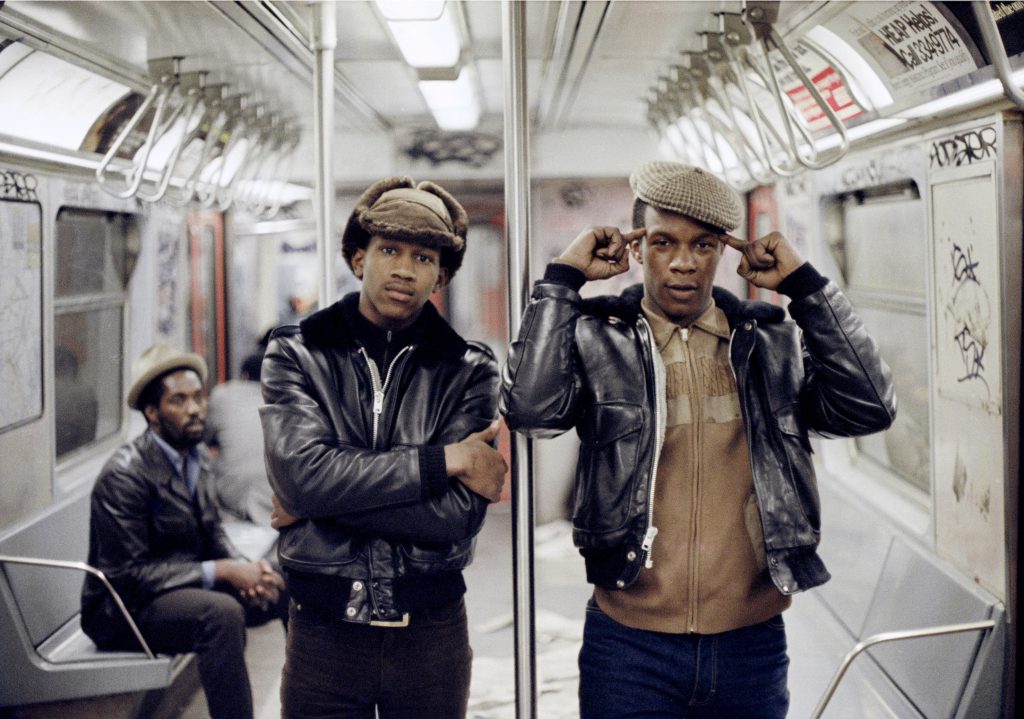
On his Instagram, his love for eclectic people and colors becomes clear at a very first glance. Calling himself a “recorder of history and culture” and a “curator of insightful images that stimulate thought“, he captures the essence of what his images evoke at the watcher. Shabazz has the ability to summarize the zeitgeist in one powerful picture. When it comes to his work, a picture does indeed say more than a thousand words.
Streetlife
While being widely recognized as a successful fashion, street, portrait, documentary and fine art photographer, Shabazz is far from arrogant. He told Vogue that he became a street photographer “by accident“. It is often said that Shabazz is the founder of street style photography as we know today. But, as humble as he is, that’s too much according to him. Rather, Shabazz views himself as “a documentarian of his community.” And that community appeared to be on the streets of New York City.
His love for capturing the zeitgeist and his close surroundings originated in the eighties, when Jamel Shabazz returned from Germany, where he had been in the army for several years. He felt he missed the connection with his country and everything that had been going on over the past years. In Germany, he started to document his life by camera. Back in The United States, he persevered his project. Photographing felt like a communication tool to come closer to many younger people.
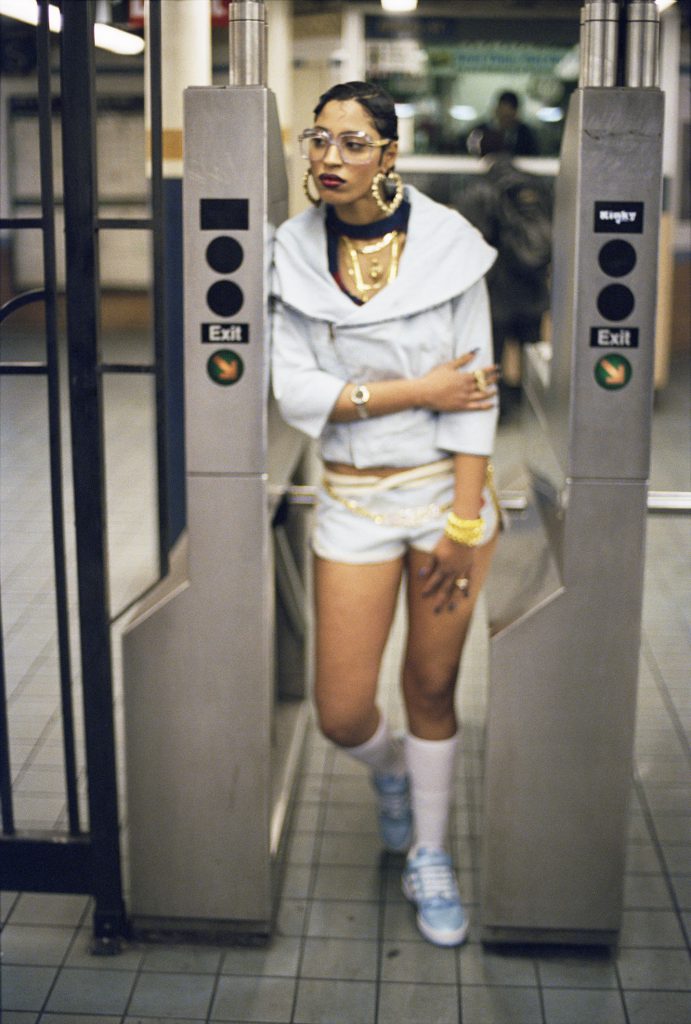
Having some very fashionable friends helped a lot with becoming a street style photographer. Although he has never seen himself as one. As a result, Shabazz got attracted by good looking people, preferably with a lot of influence. Back in the eighties, there were many tensions and he liked to take a closer look. Most of his subject are some years younger than he was at that time, tough. Very often, Shabazz was a sort of mentor for his models. Many of them struggled with many things and Shabazz helped them to figure out life. His deep conversations often led to the most beautiful pictures, often taken after those pep-talks.
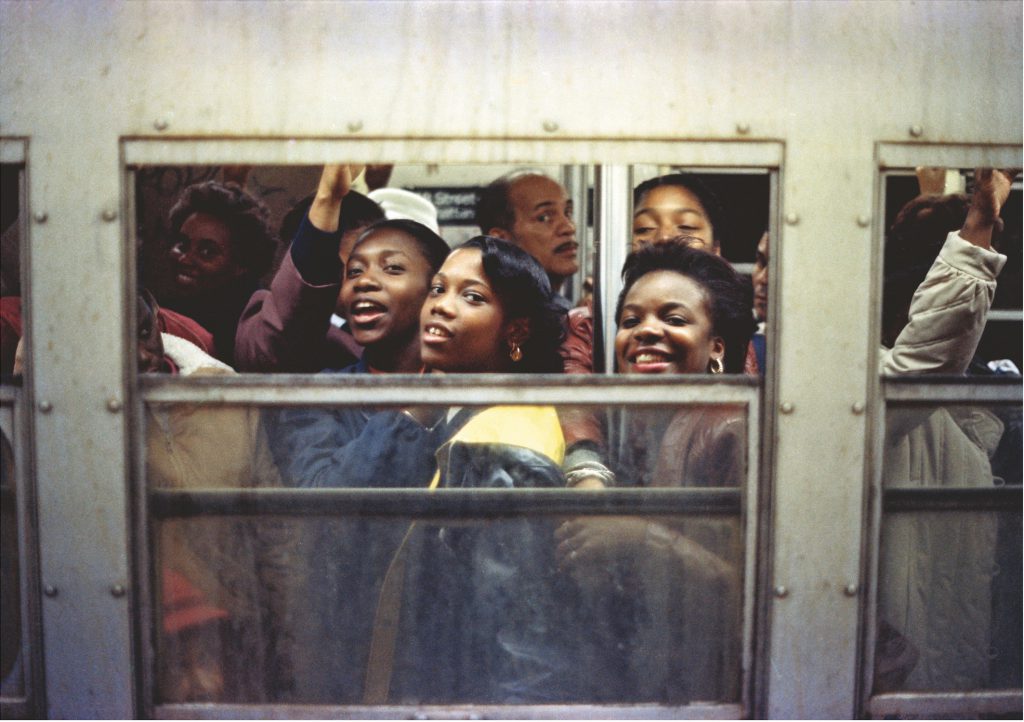
Shifting perspective
Despite that back in the days, everyone of his generation wore more of less the same clothes, Shabazz has always created his own clothes. He has always liked to go against the grain. For too long, he said, people have been judging each other by their appearances solely. He’s not often occupied with thinking about what others wear, rather Shabazz worries about war and the direction of today’s society. Today, his lens is turned more towards people with a strong story. People who worry about losing their job, or people who have other things to worry about than fashion. While he often is viewed as a street style or hip hop photographer, Shabazz isn’t. He’s a social documenter and a man who is capable of saying more than a thousand words with just one picture.
Also read: Photographer Chloé Jafé and her infiltration in yakuza – the Japanese maffia

